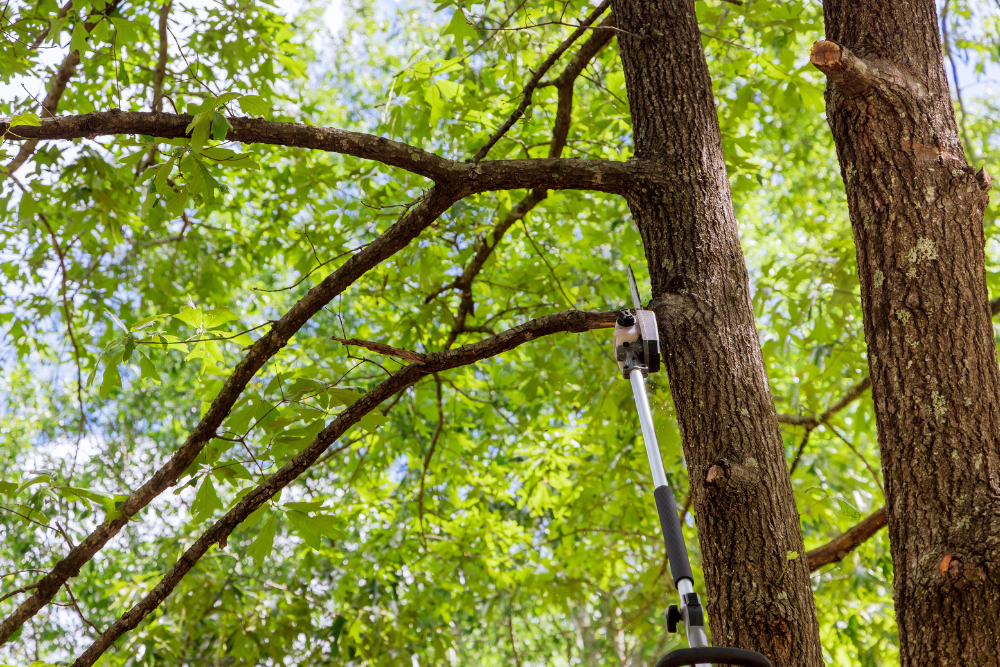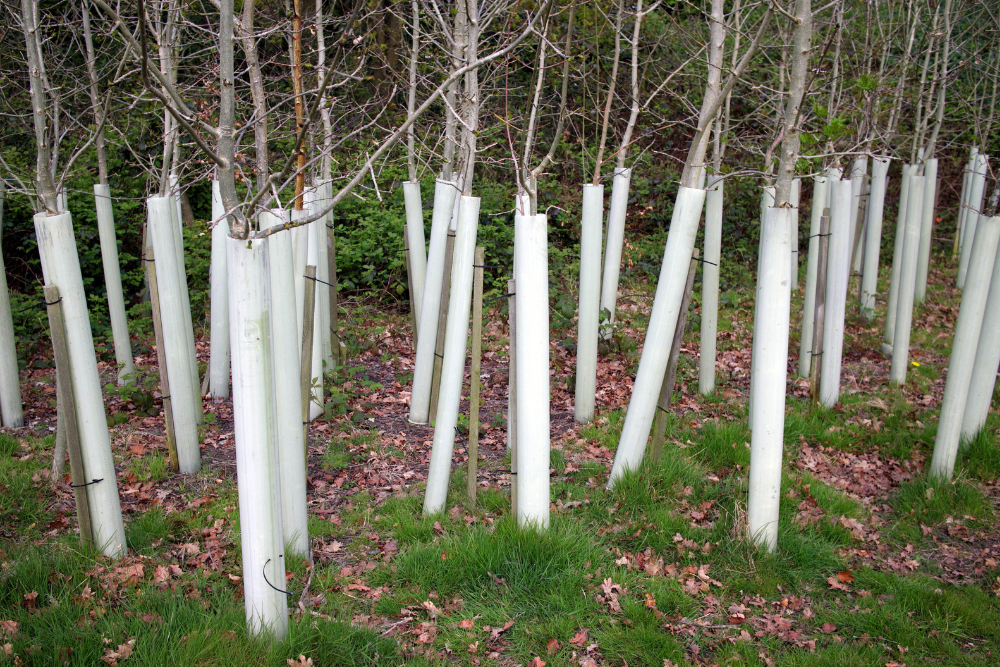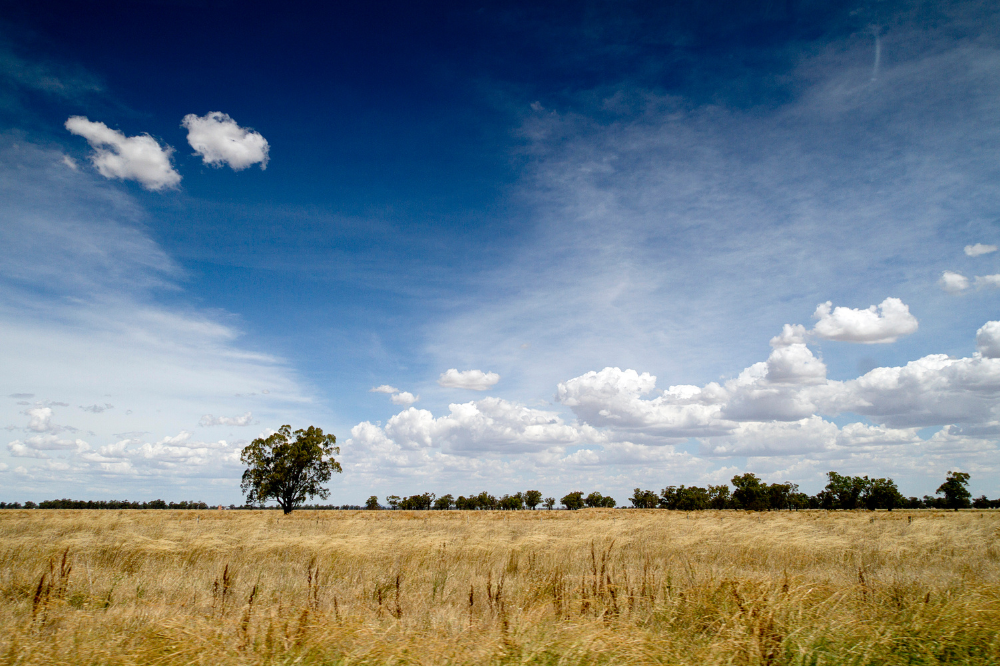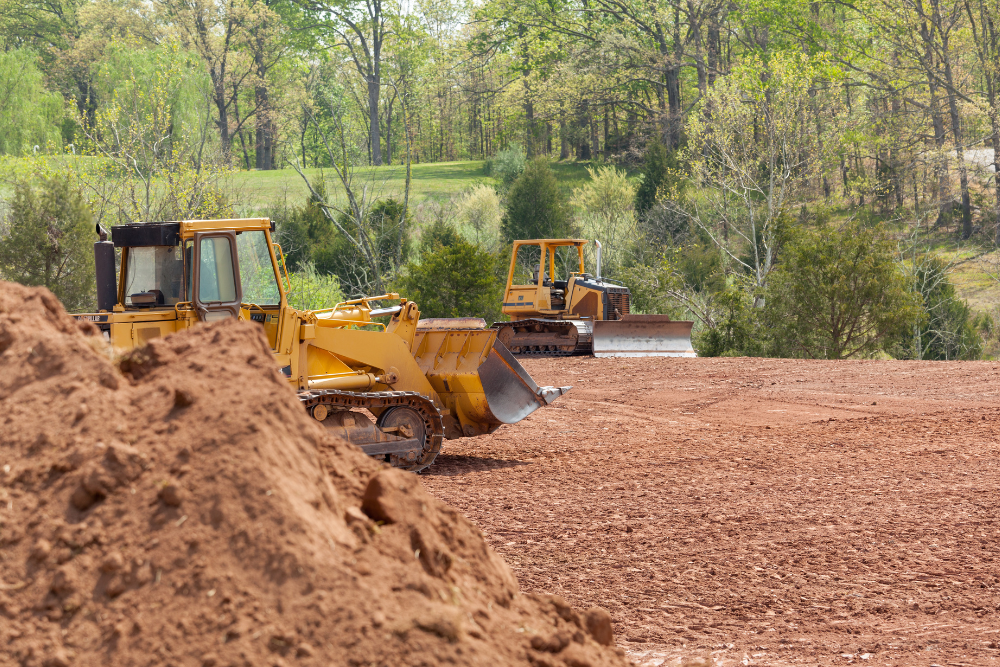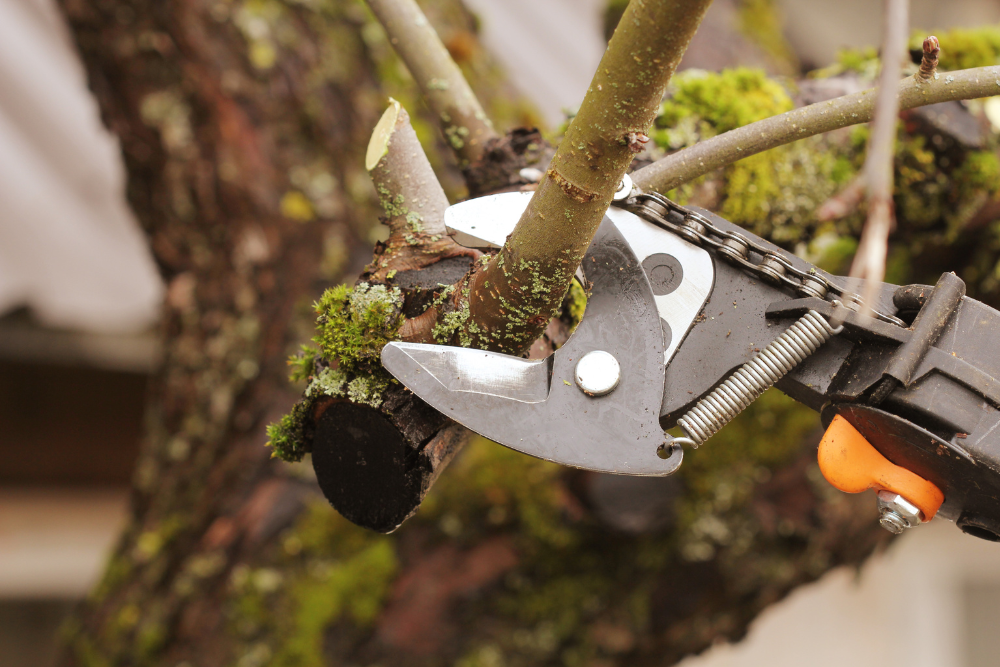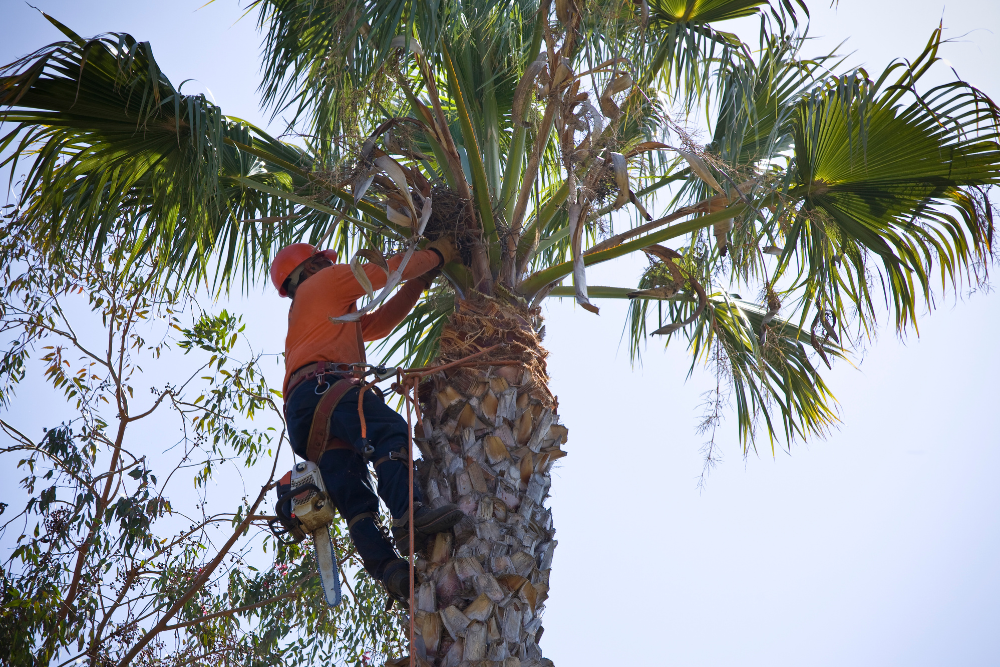When Does Overcrowding Become a Problem?
A Guide to Managing Tree Overcrowding in Western Sydney
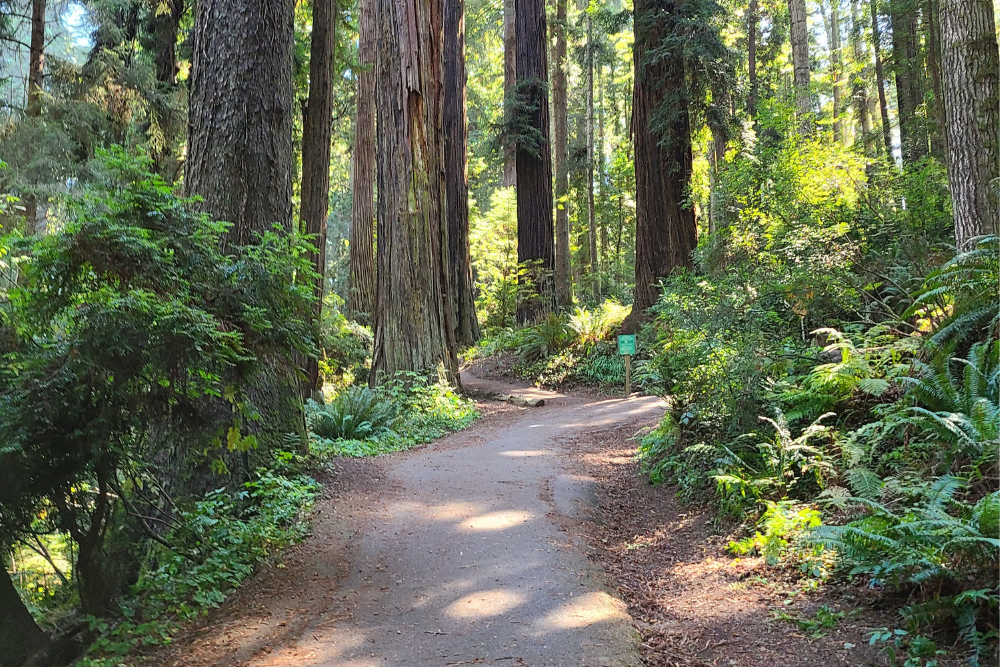
Tree overcrowding might sound harmless, even a sign of lush growth. But for many property owners in Western Sydney, it's a hidden problem with serious consequences. Whether you have a backyard filled with natives or manage a large commercial landscape, understanding when tree overcrowding becomes a problem can save you thousands in repairs and keep your green space thriving.
At GDE Tree Services, we believe that a healthy urban forest requires proactive, sustainable care. In this guide, we break down the signs, causes, and solutions to tree overcrowding, drawing on our years of arborist services across Western Sydney.
What Causes Overcrowded Tree Growth?
Tree overcrowding usually begins with:
- Improper Planting Practices: Poor spacing during planting leads to competition as trees mature.
- Natural Regeneration: Self-seeding trees fill open spaces quickly.
- Lack of Maintenance: Without regular tree pruning or thinning, canopies expand unchecked.
- Storm Damage: Events like severe storms leave damaged trees that sprout multiple leaders or basal shoots, creating dense, unstable growth.
In urban areas like Western Sydney, limited space often leads to planting multiple trees in small yards or narrow strips, exacerbating the issue over time.
Signs of Overcrowded Trees
Spotting overcrowding early allows timely intervention. Look for:
- Competing Canopies: Branches overlapping heavily, reducing sunlight penetration.
- Sparse Understory: Lack of shrubs or ground plants due to canopy shade.
- Poor Air Circulation: Humidity trapped under dense foliage, increasing disease risk.
- Misshapen Growth: Trees leaning or growing unnaturally tall as they compete for light.
- Tree Root Competition Issues: Exposed roots, poor anchorage, or declining neighbouring plants.
These overcrowded tree signs point to escalating risks — both for tree health and property safety.
Why Overcrowding Matters: Residential vs. Commercial
Residential Landscapes
In suburban backyards of Blacktown, Penrith, or Parramatta, overcrowded trees can:
- Block sunlight for lawns and gardens.
- Damage fences, paving, or home foundations through aggressive root systems.
- Increase storm hazards with heavy canopies prone to windthrow.
Commercial Properties
For business parks, schools, or public spaces:
- Dense canopies limit visibility, reducing safety and accessibility.
- Increased liability from falling branches or unstable trees.
- Difficult access for maintenance crews and emergency services.
Regular arborist assessments and tree pruning in Western Sydney help manage density before it becomes unmanageable.
The Effects of Tree Overcrowding
Unchecked tree growth and overcrowding lead to several long-term issues:
- Reduced Tree Vigor: Competing for limited water, nutrients, and light weakens trees.
- Increased Pest & Disease Vulnerability: Humidity and limited airflow favour pathogens.
- Structural Instability: Tall, thin trunks develop weak wood that is prone to snapping.
- Biodiversity Loss: Dominant species crowd out diverse understory plants.
Over time, you may face costly emergency tree removal or complete land clearing if the problem is ignored.
How to Fix Tree Overcrowding
Managing tree density requires a tailored, sustainable approach:
1. Arborist Tree Assessment
A certified arborist evaluates tree health, structural integrity, and spacing. GDE Tree Services offers comprehensive arborist services in Western Sydney to identify problem areas.
2. Tree Thinning & Pruning
- Tree pruning for overcrowding removes select branches to improve airflow and light penetration.
- Canopy overcrowding trees can be selectively trimmed without compromising aesthetics.
3. Tree Removal
When necessary, complete tree removal in Western Sydney is performed for diseased, hazardous, or non-viable trees.
4. Land Clearing to Prevent Overcrowding
For larger blocks or commercial properties, professional land clearing services ensure correct spacing before replanting.
5. Ongoing Tree Maintenance
Regular tree maintenance techniques maintain proper spacing and density as trees mature.
For guidelines on proper tree planting and urban forest health, check the NSW Government's Planting Trees Guide and Urban Forest Strategy.
Sustainable Practices at GDE Tree Services
At GDE Tree Services, sustainability is at the core of what we do:
- Minimising Waste: Recycled wood mulch from pruning and removal.
- Native Plant Knowledge: Protecting valuable native species during land clearing.
- Water-Sensitive Techniques: Timing work during optimal weather conditions to reduce water stress.
- Community Education: Helping Western Sydney residents understand proper tree placement and spacing best practices.
Our long-term view balances immediate safety with preserving the urban forest’s vitality for future generations.
Frequently Asked Questions
What happens if trees grow too close together?
They compete for light, water, and nutrients, leading to weak, unstable, and disease-prone trees.
How do arborists deal with tree overcrowding?
Through assessments, strategic pruning, thinning, or removal, while considering tree health and landscape goals.
Can overcrowding affect tree roots?
Yes. Root systems compete underground, leading to poor anchorage, exposed roots, and potential damage to nearby structures.
Is land clearing always necessary to fix overcrowding?
Not always. In many cases, selective thinning or pruning resolves the issue without full clearing.
How often should trees be assessed?
Annually for mature trees or after major weather events, to catch issues early.
Call to Action
If you're noticing signs of overcrowded trees on your property, don’t wait for the problem to escalate. Contact GDE Tree Services today for expert tree removal in Western Sydney. Our qualified arborists are ready to assess, advise, and deliver sustainable solutions tailored to your landscape.
👉 Request your free consultation here.
By staying proactive, you protect not only your property but also contribute to a healthier, safer, and more beautiful Western Sydney.

